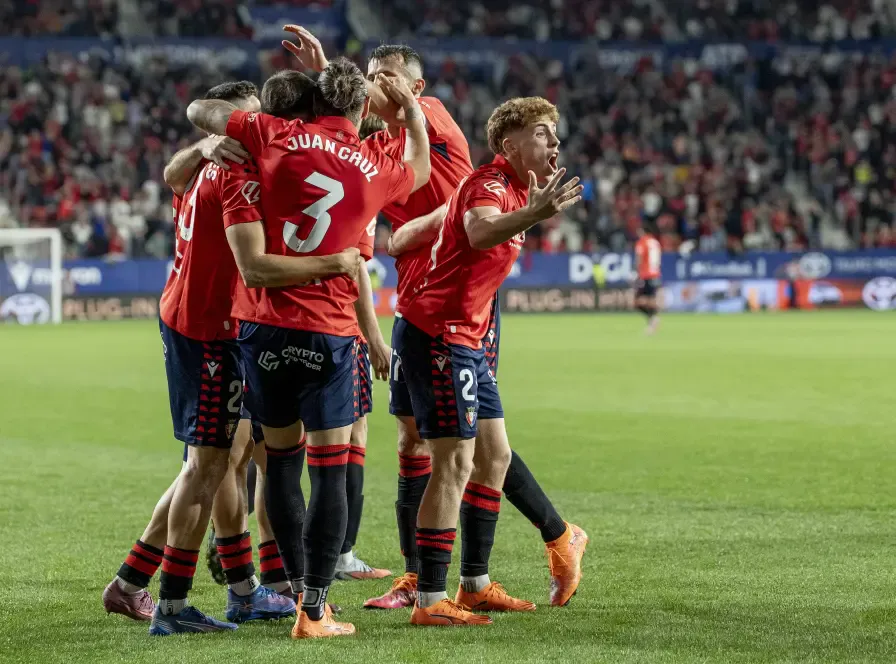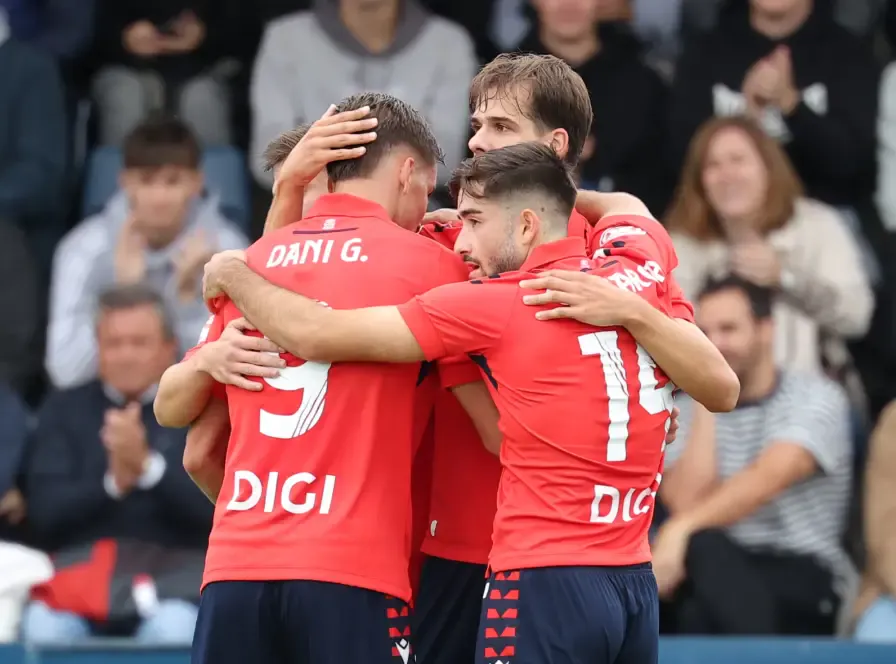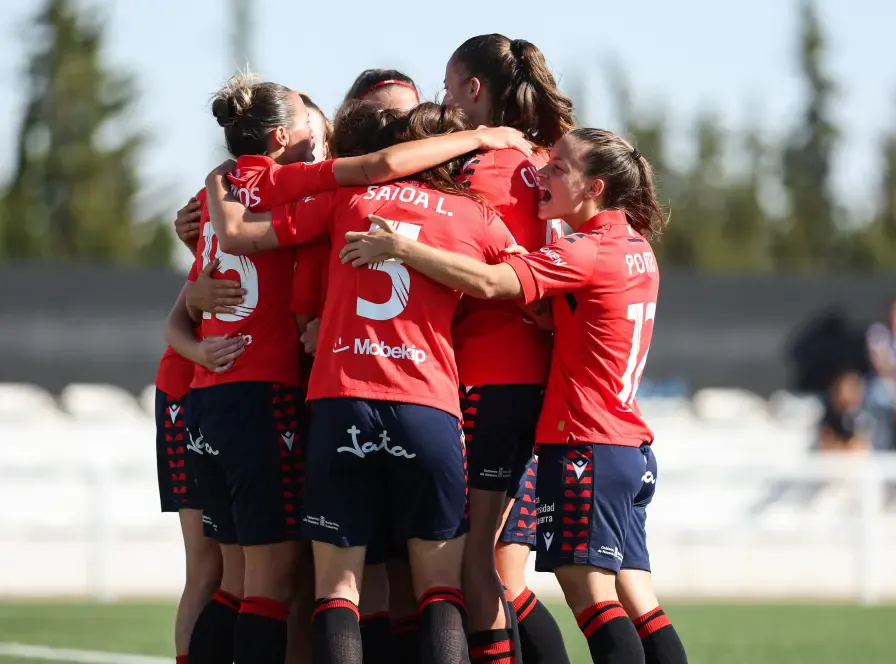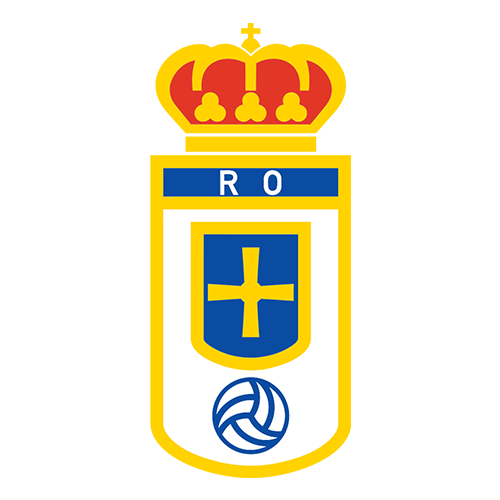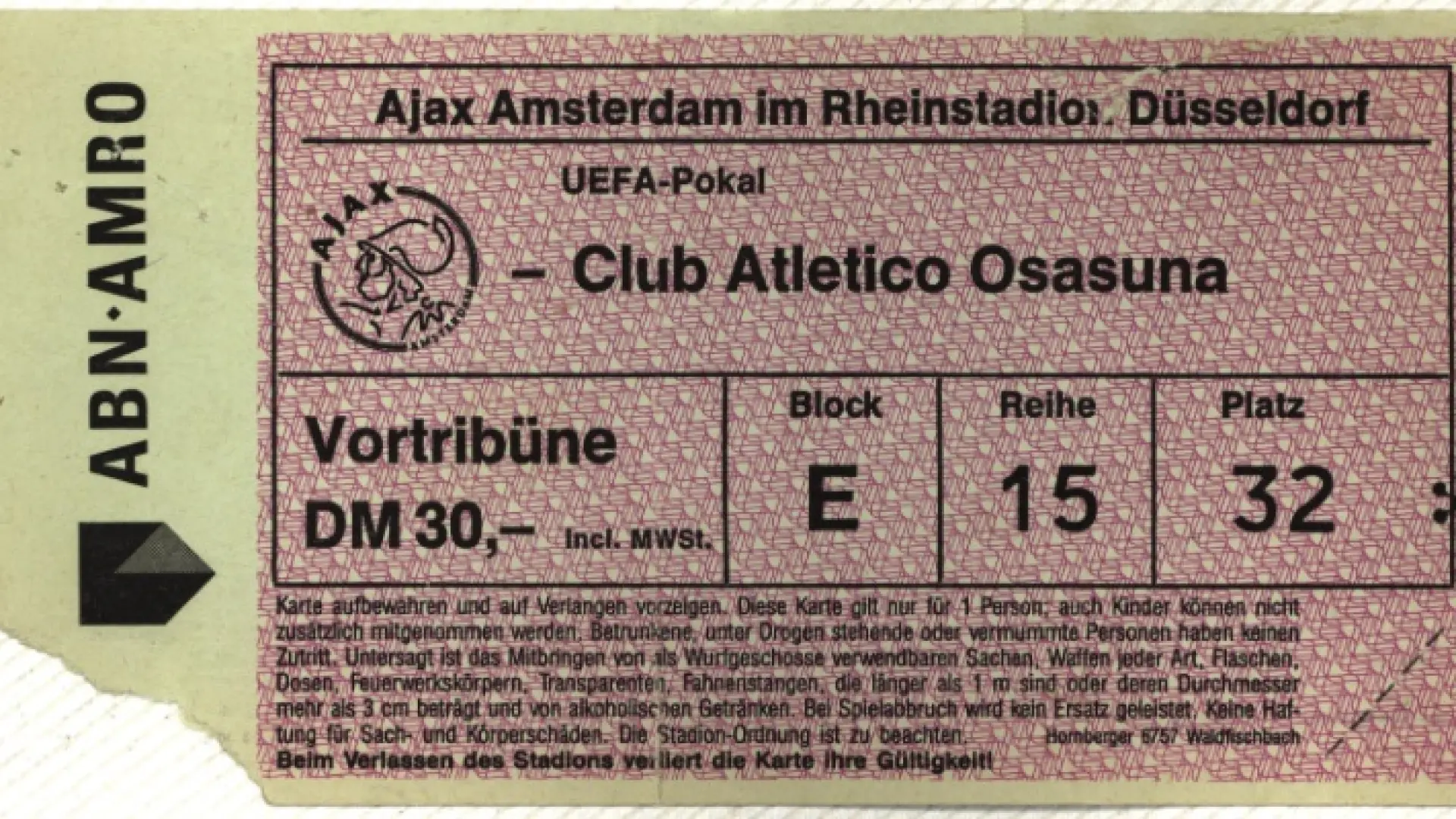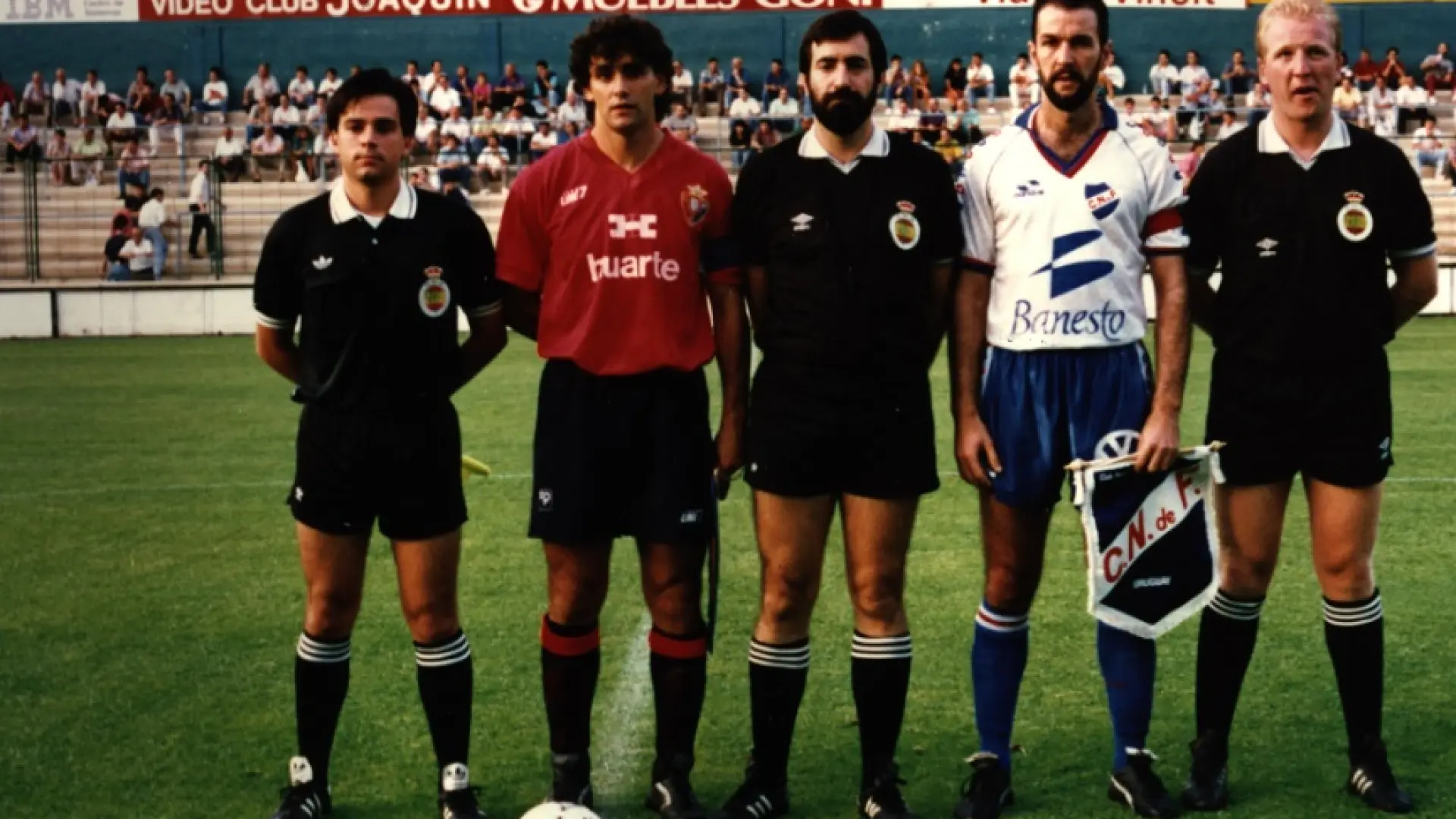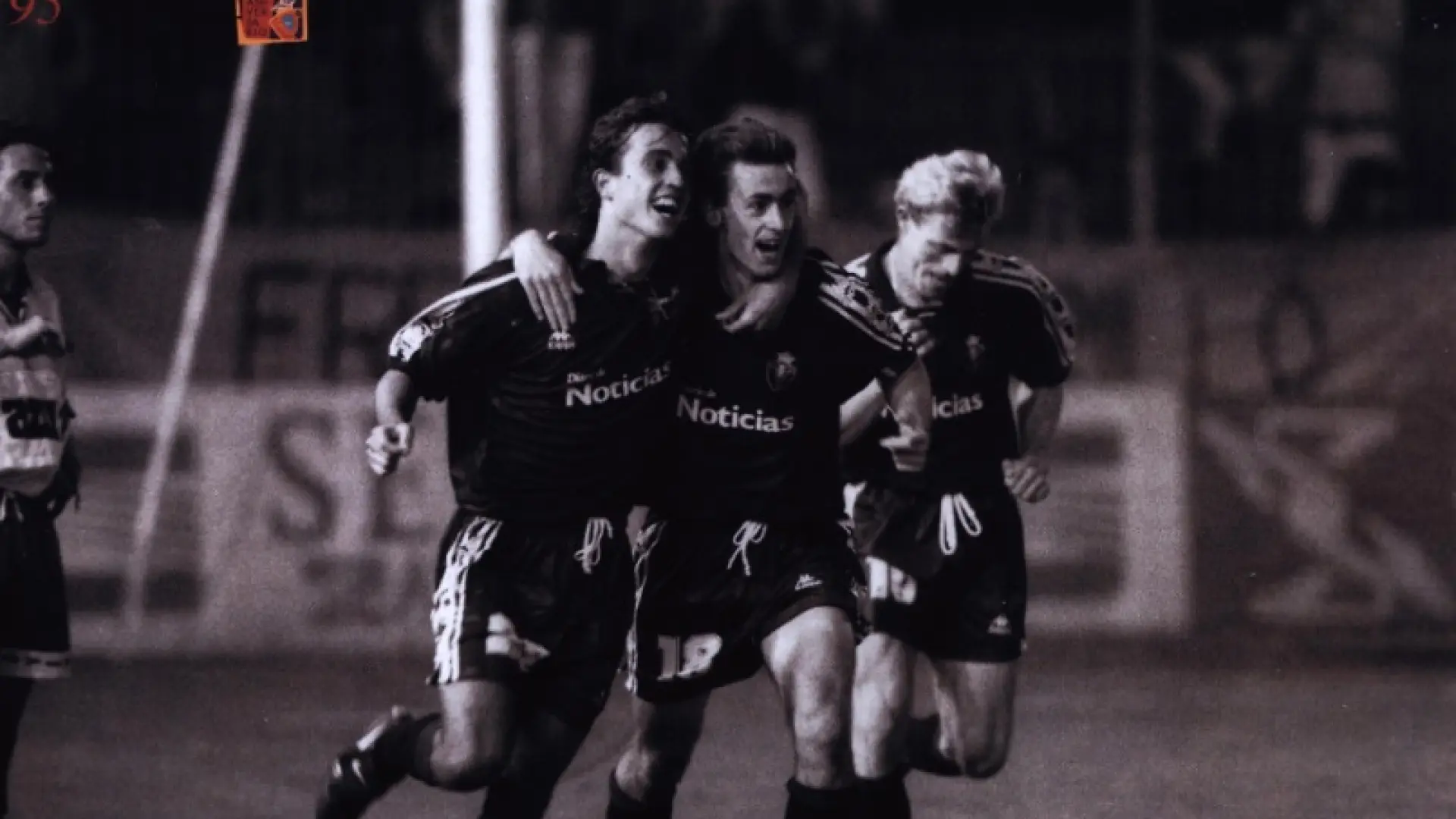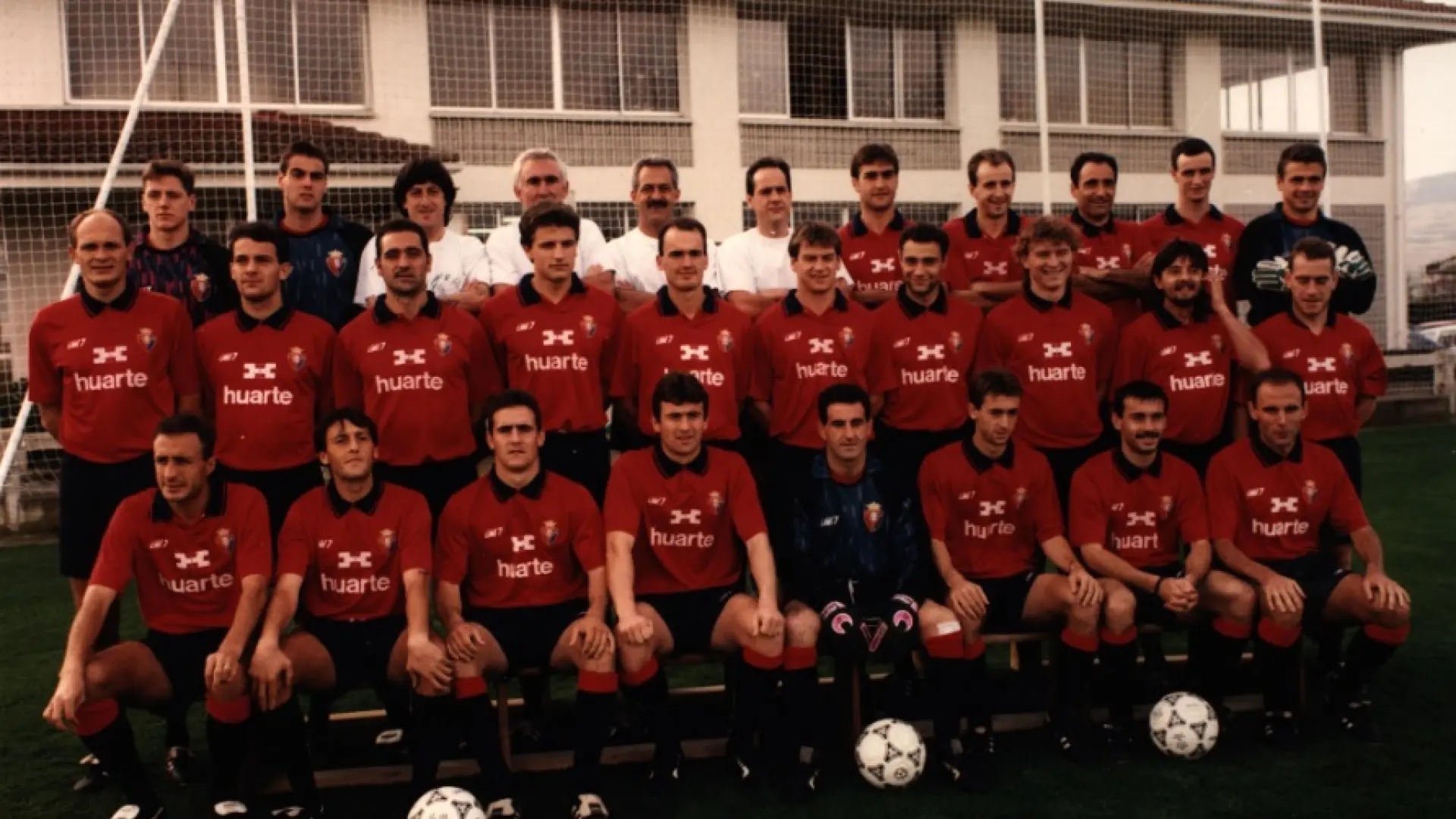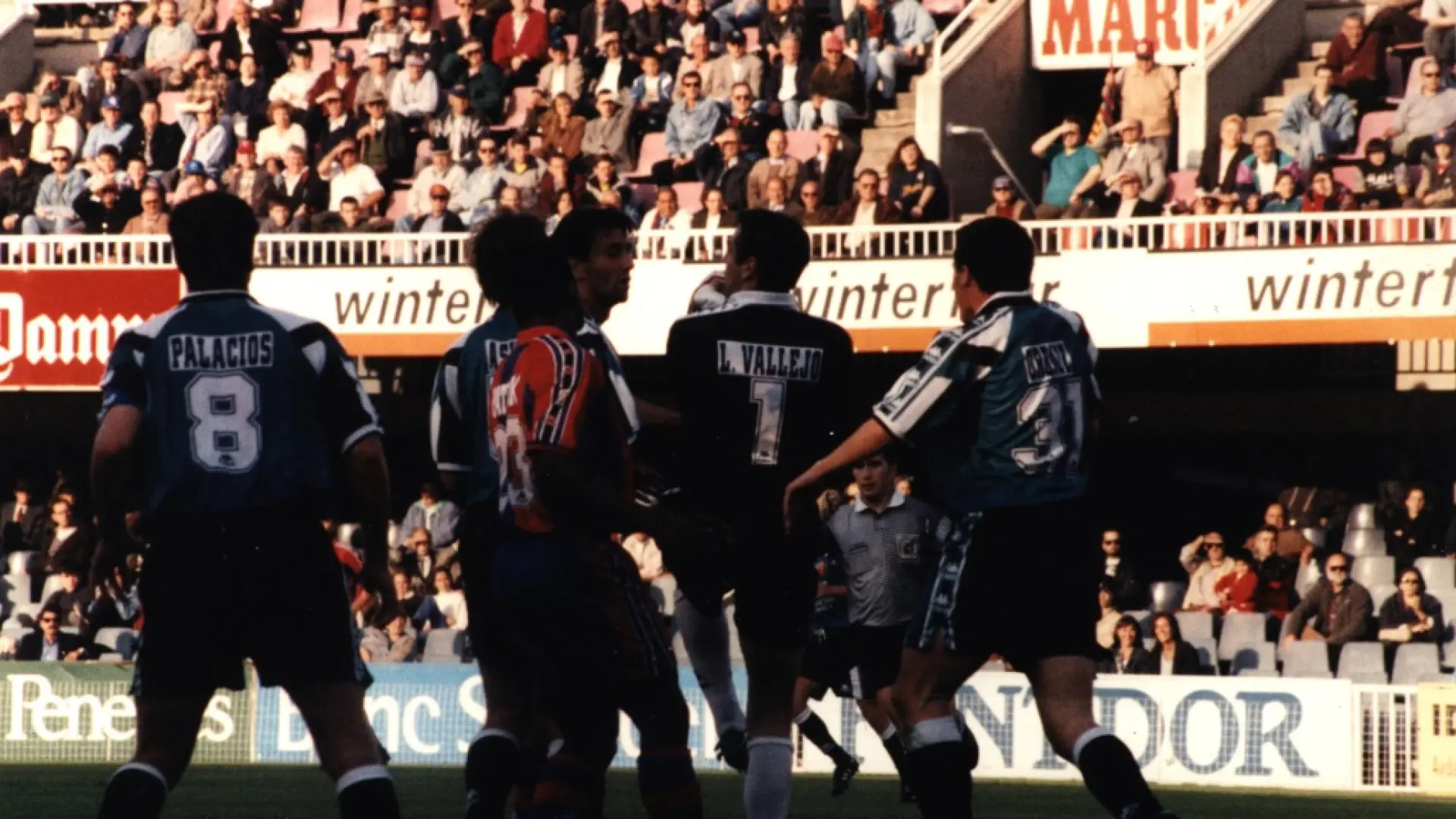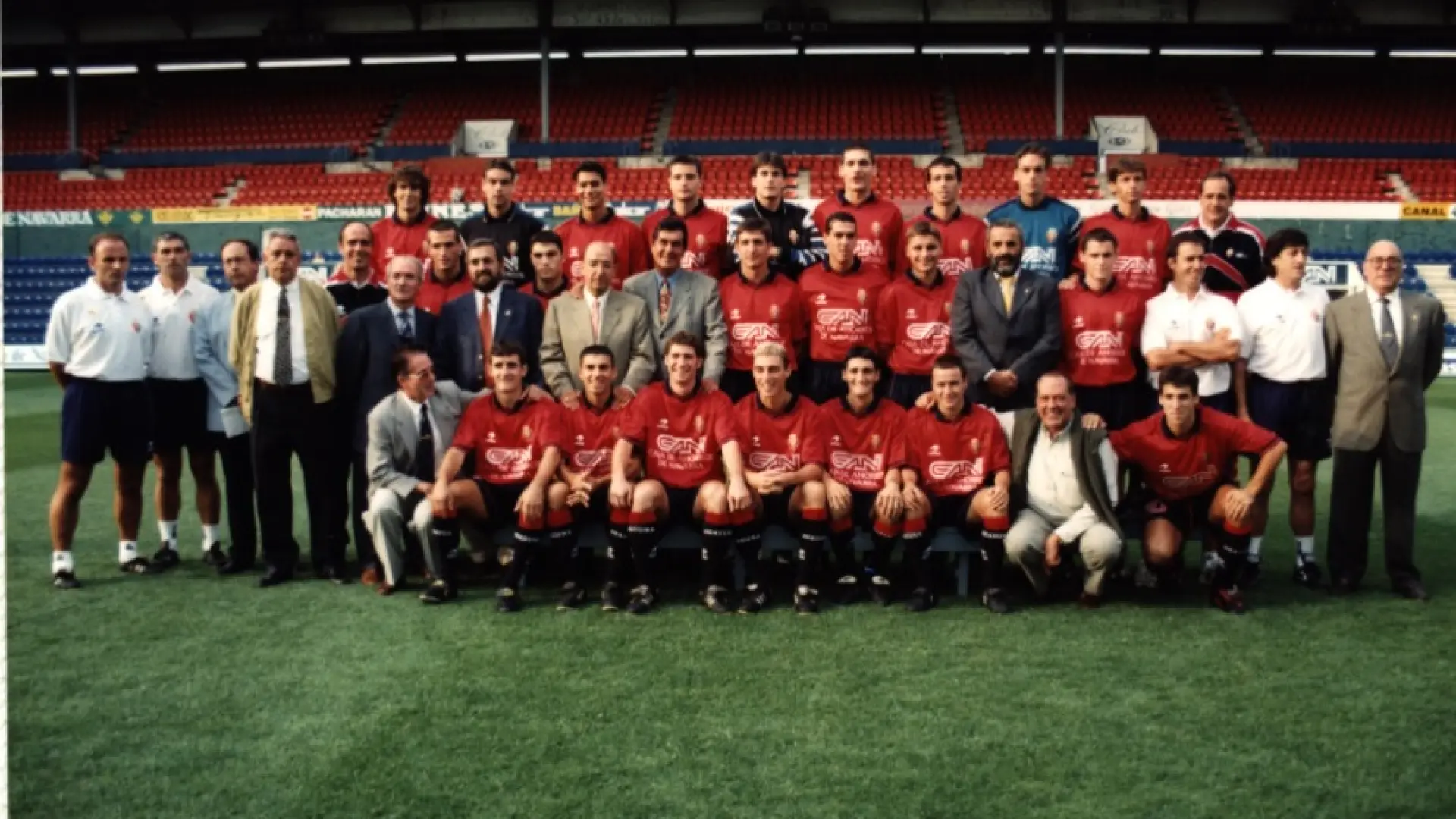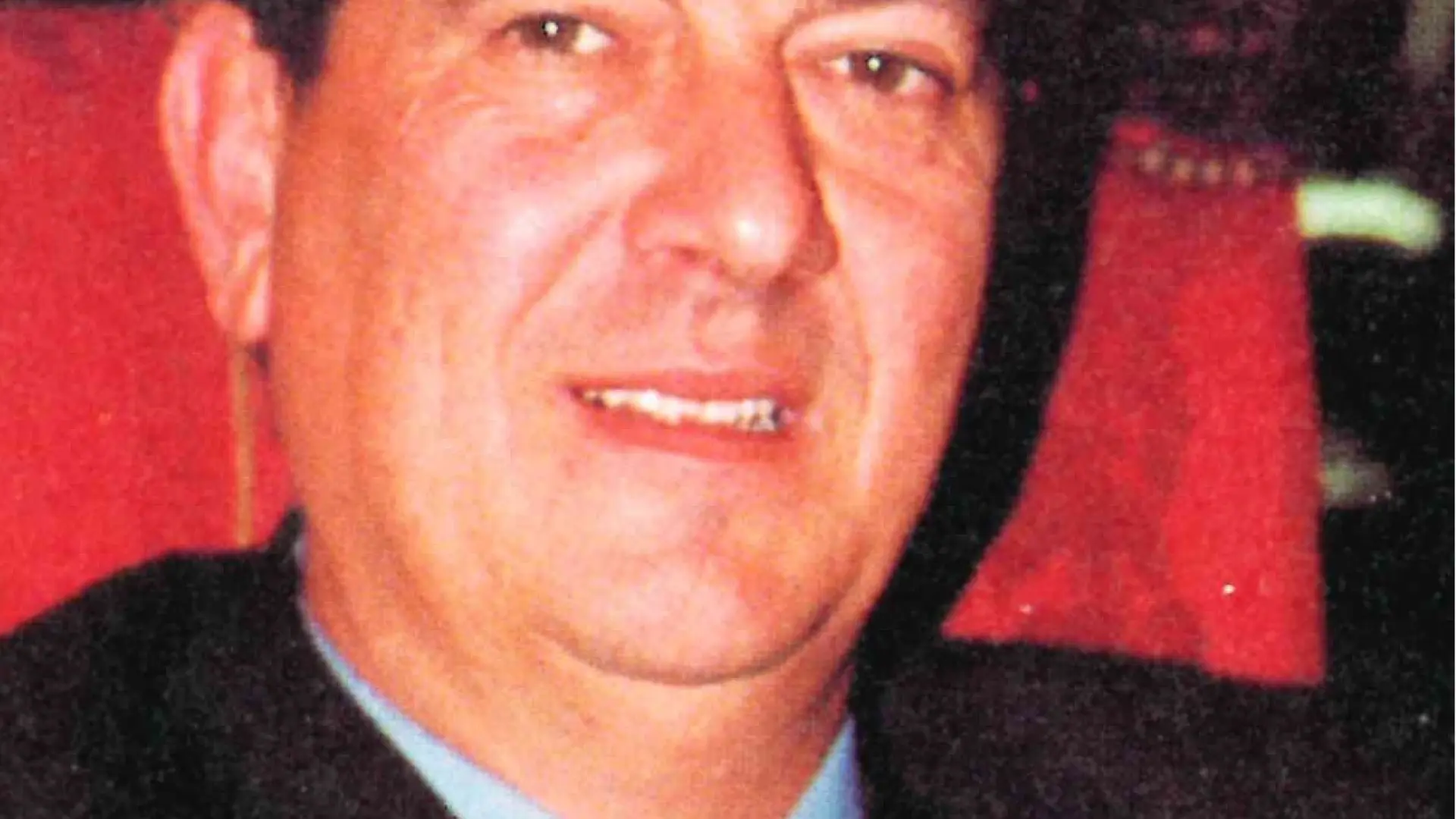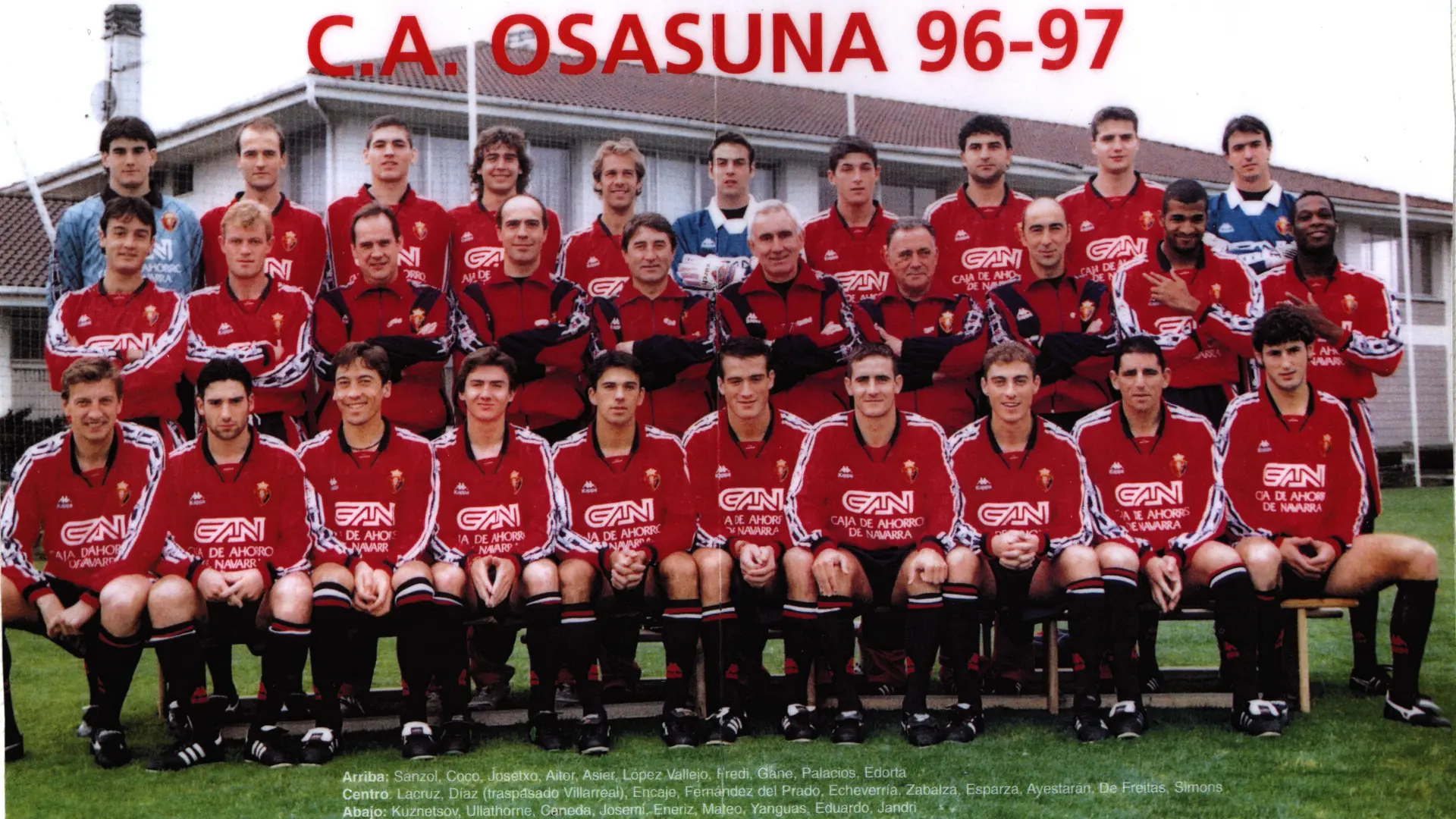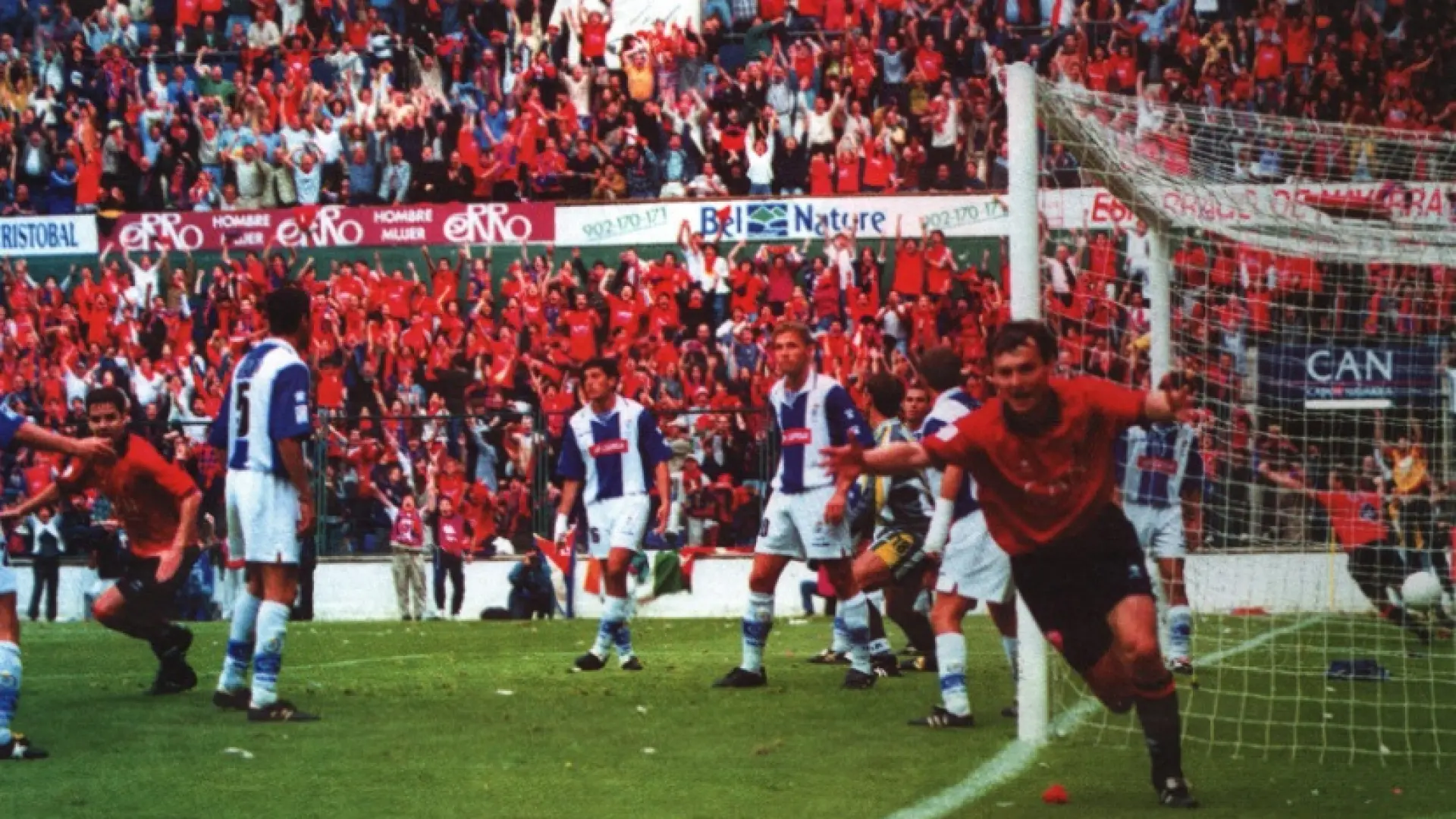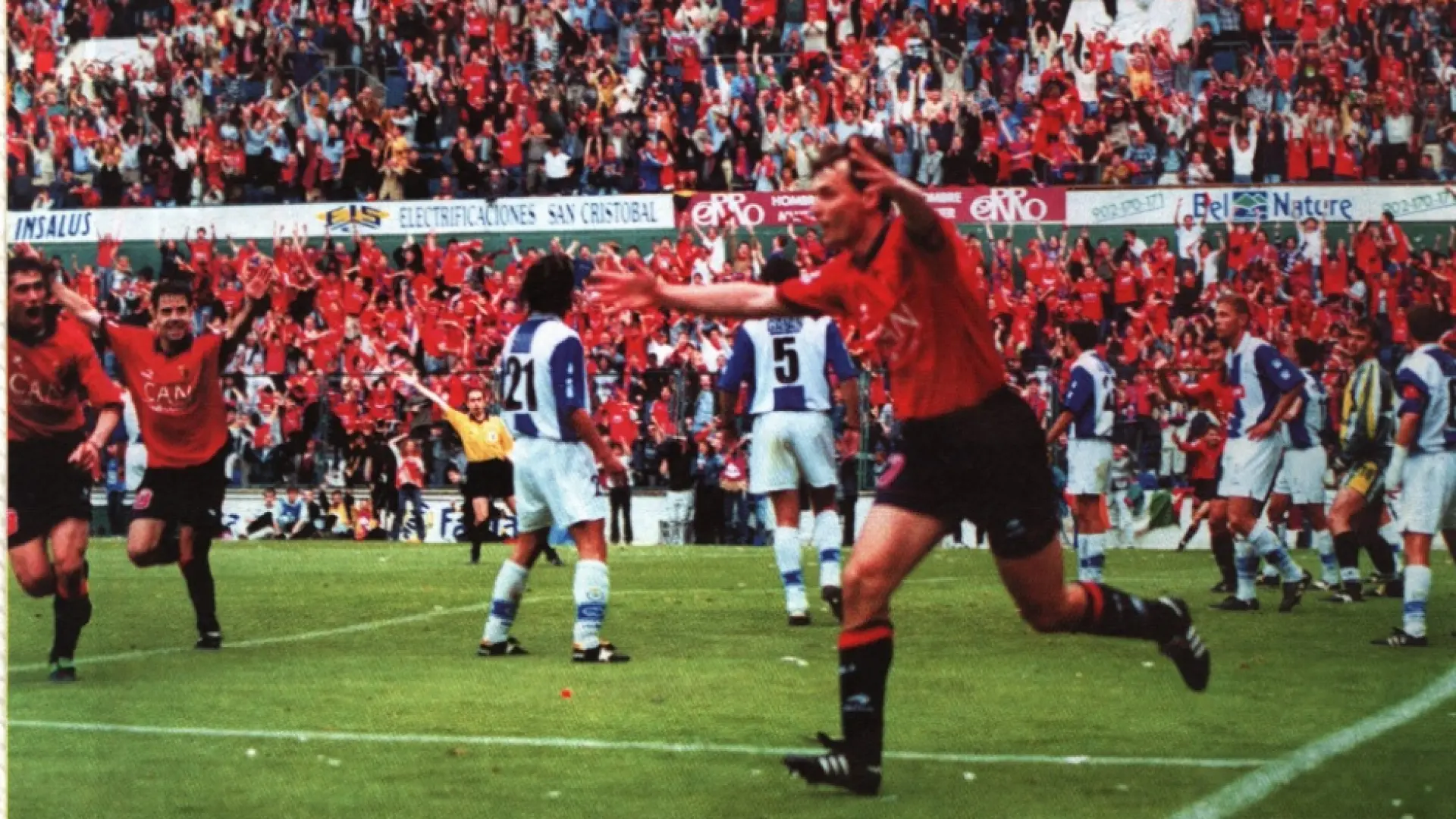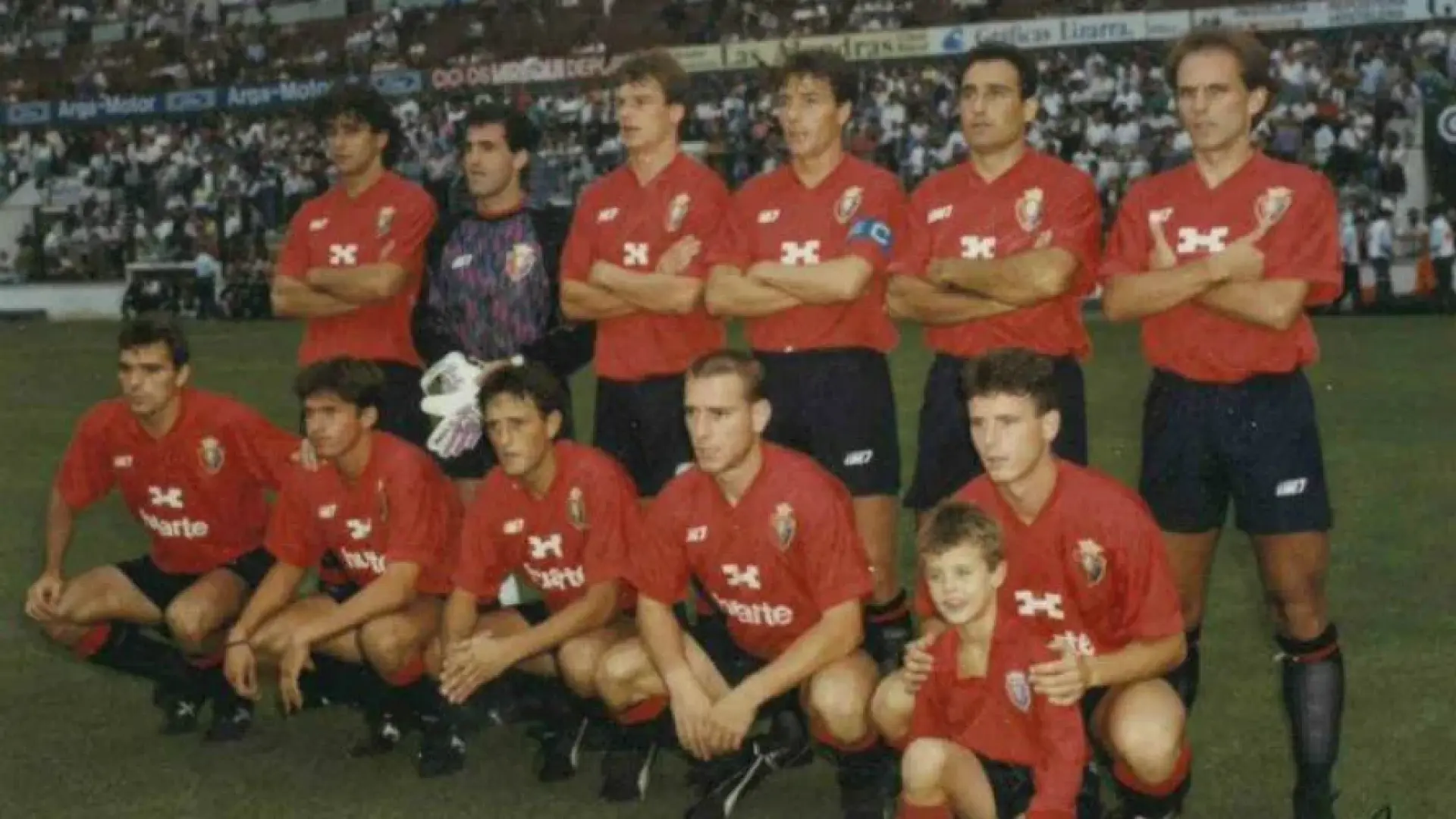90's
From the 4-0 at El Bernabéu to Trzeciak’s goal
The early 1990s were a remarkable time for Osasuna. Under the guidance of head coach Pedro Mari Sabalza, Los Rojillos delivered one of their most iconic performances on December 30, 1990, defeating Real Madrid 4-0 at Santiago Bernabéu. This victory was highlighted by a hat-trick from Jan Urban, who also assisted Iñigo Larrainzar in completing the scoreline.
Urban, the Polish striker, joined Osasuna in the summer of 1989 and quickly became regarded as one of the best players in the club's history. During the 1990-91 season, he scored 13 goals, helping Osasuna secure a fourth-place finish in La Liga—just one point behind Real Madrid and two behind Atlético de Madrid. This achievement allowed the club to qualify for their second European trip, which extended longer than their previous appearance in the 1985-86 season.
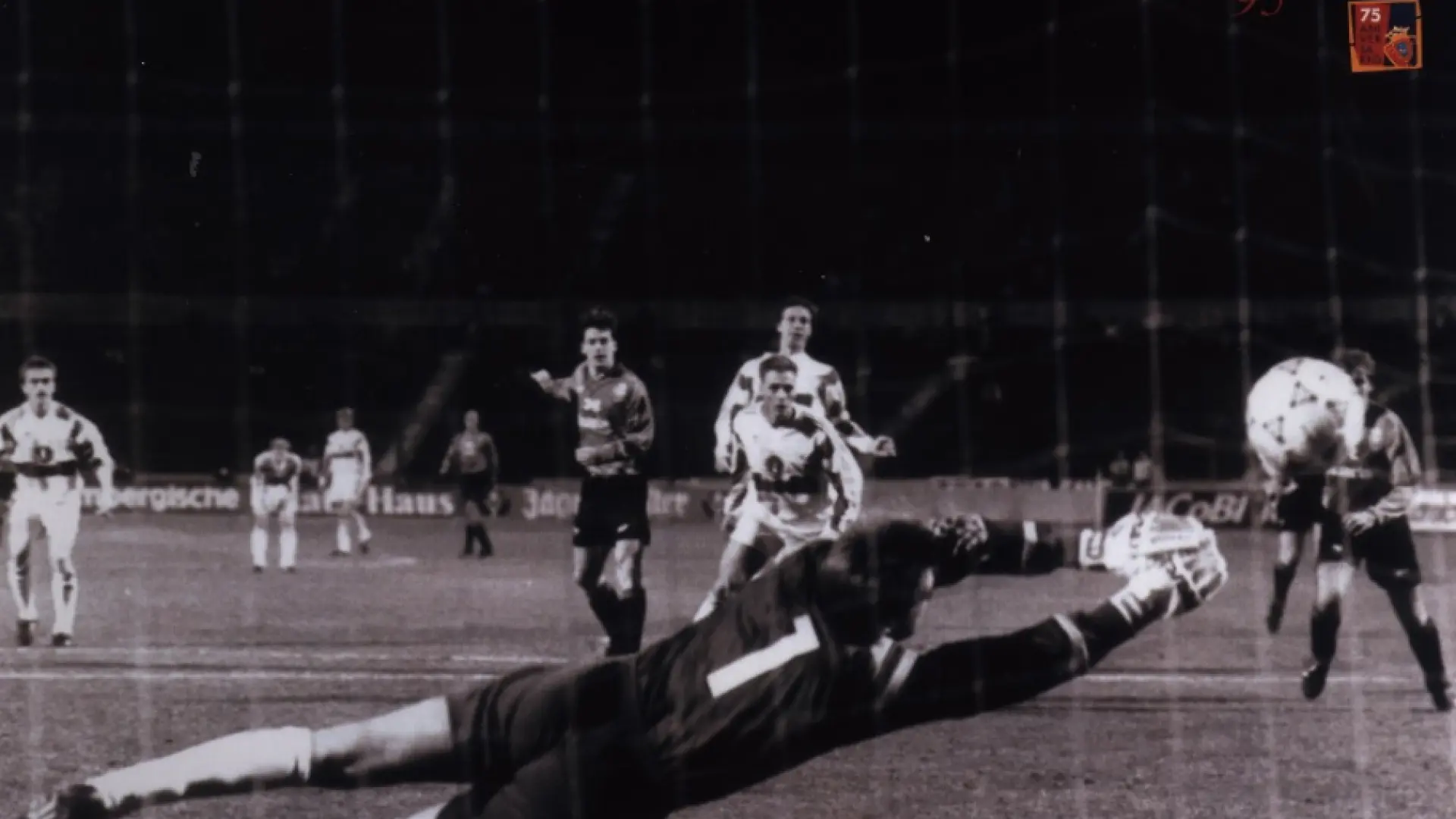
In the first round of the European competition, Osasuna eliminated Slavia Sofia after an impressive 4-0 victory in the second leg at El Sadar, winning 4-1 on aggregate. The second round presented a more formidable opponent: Stuttgart, who would go on to win the Bundesliga that year. The first leg ended in a stalemate at 0-0, but in the second leg, Osasuna performed the extraordinary by beating the German side 3-2. Urban contributed significantly to this success with two goals, while Miguel Merino netted the winner. His celebration, which involved running around the corner kick flag at the then Neckarstadion, became an enduring image in Osasuna's history. The club advanced to the quarterfinals to face Ajax, where a young Dennis Bergkamp scored in both matches, sending his team through and ultimately helping Ajax win the UEFA Cup.
Despite these joyful years, challenges soon emerged. The 1993-94 season marked the decline of this golden era. Fermín Ezcurra stepped down as president, Pedro Mari Sabalza left his coaching role, and Osasuna faced relegation after 14 years in the top flight. The club spent six years in the Segunda División, a time characterized by instability and frequent changes in leadership, with two presidents, Javier Garro (1994-96) and Juan Luis Irigaray (1996-98), serving brief terms. In the 1996-97 season, Osasuna was close to relegation to Segunda B, with four different head coaches during that period: a young Rafa Benítez, Pedro Mari Sabalza who returned but couldn't find success, Miguel Sola, and Enrique Martín, who took on the challenge with just five games left. Martín remarkably led the team to win the first four matches 1-0, primarily using young players from the affiliate team. This period is fondly remembered as 'El Milagro de Martín' (Martín's Miracle).
Just two seasons after their impressive European run, Osasuna faced relegation and entered a tumultuous phase. Following Garro and Irigaray’s brief presidencies, Javier Miranda was elected as president in 1998, leading the team back to the top tier
On January 29, 1998, Javier Miranda won the presidential elections, defeating Pedro Pegeaute with 55% of the votes. As a dedicated fan and experienced in the hospitality business, Miranda revitalized the club and successfully returned them to Primera División. The end of the 1999-00 season saw an unforgettable performance, as Osasuna closed out the season in style. In their third-to-last game, Los Rojillos defeated Tenerife 5-0 at home, followed by a 1-1 draw against Gijón, and concluded with a remarkable 2-1 comeback against Recreativo Huelva. Pablo Orbaiz converted a penalty and Miroslaw Trzeciak sealed Osasuna's return, along with their fans, to their rightful place.
